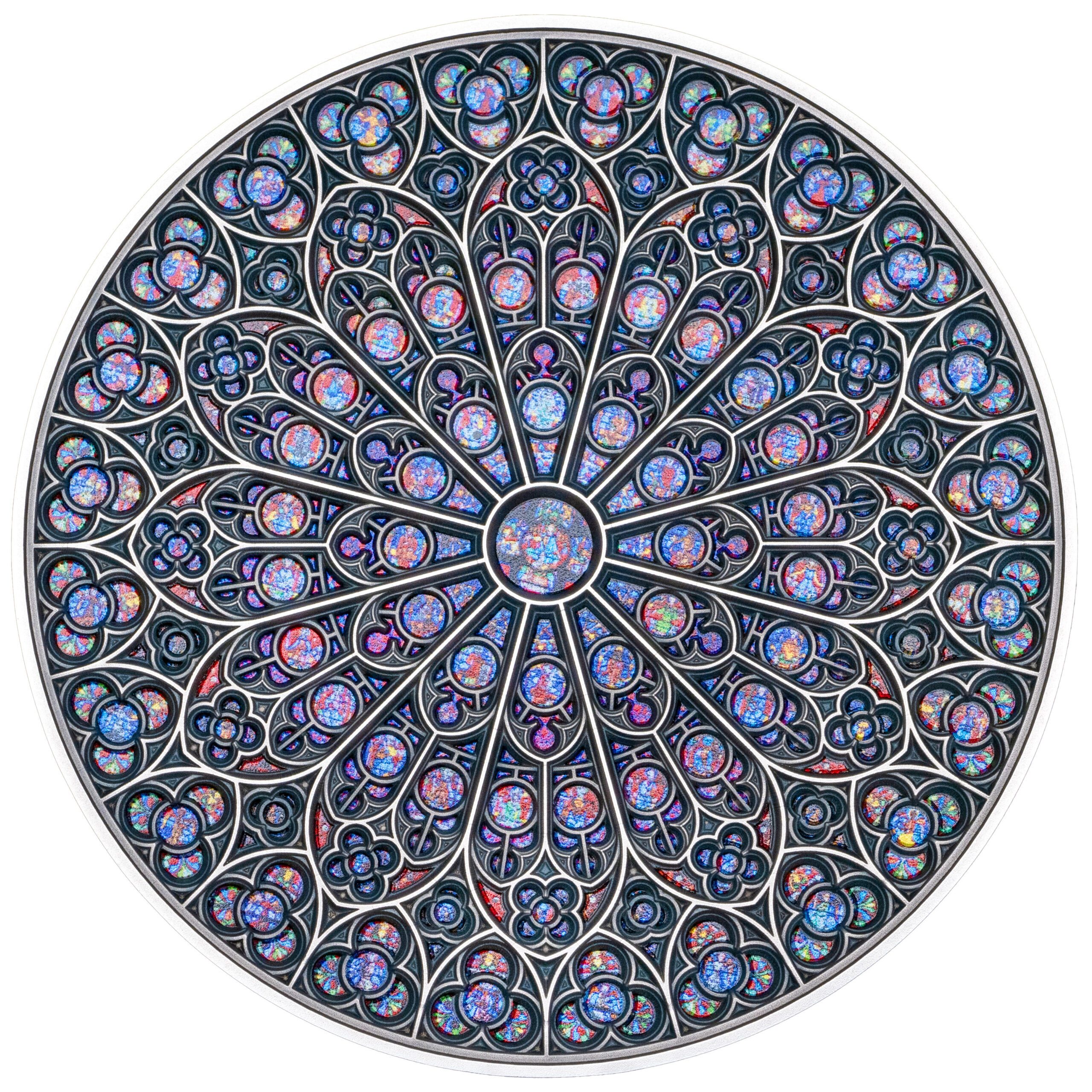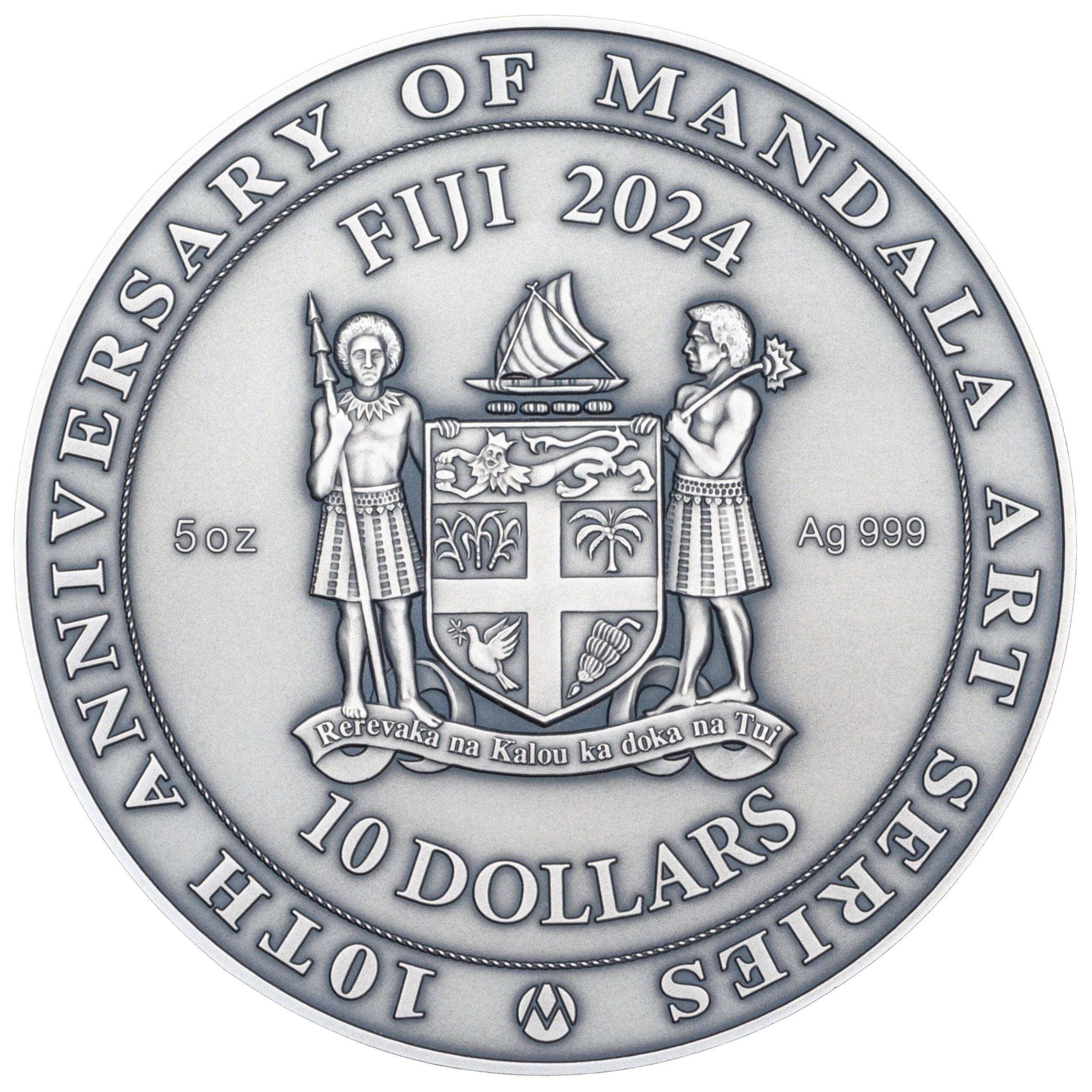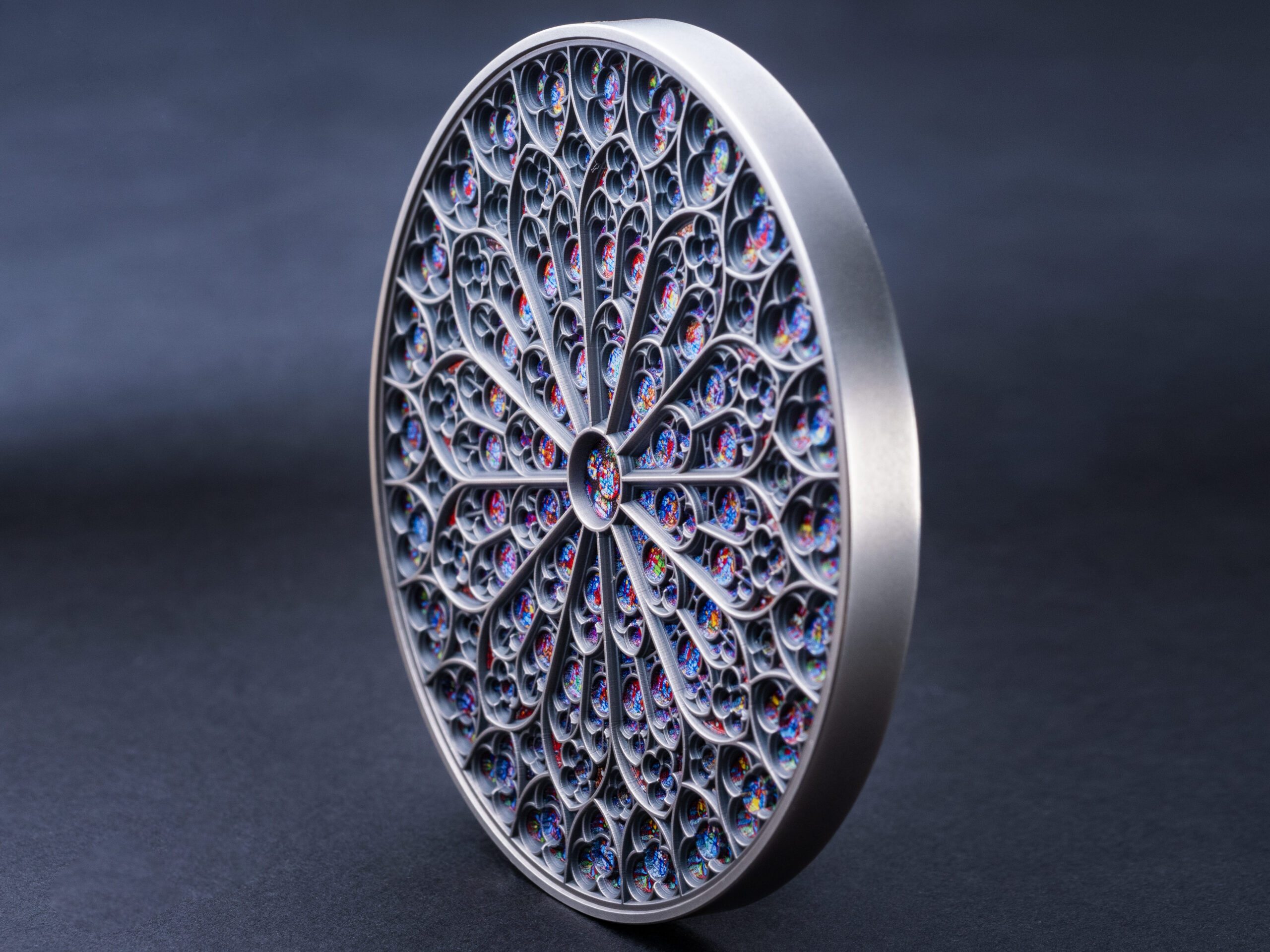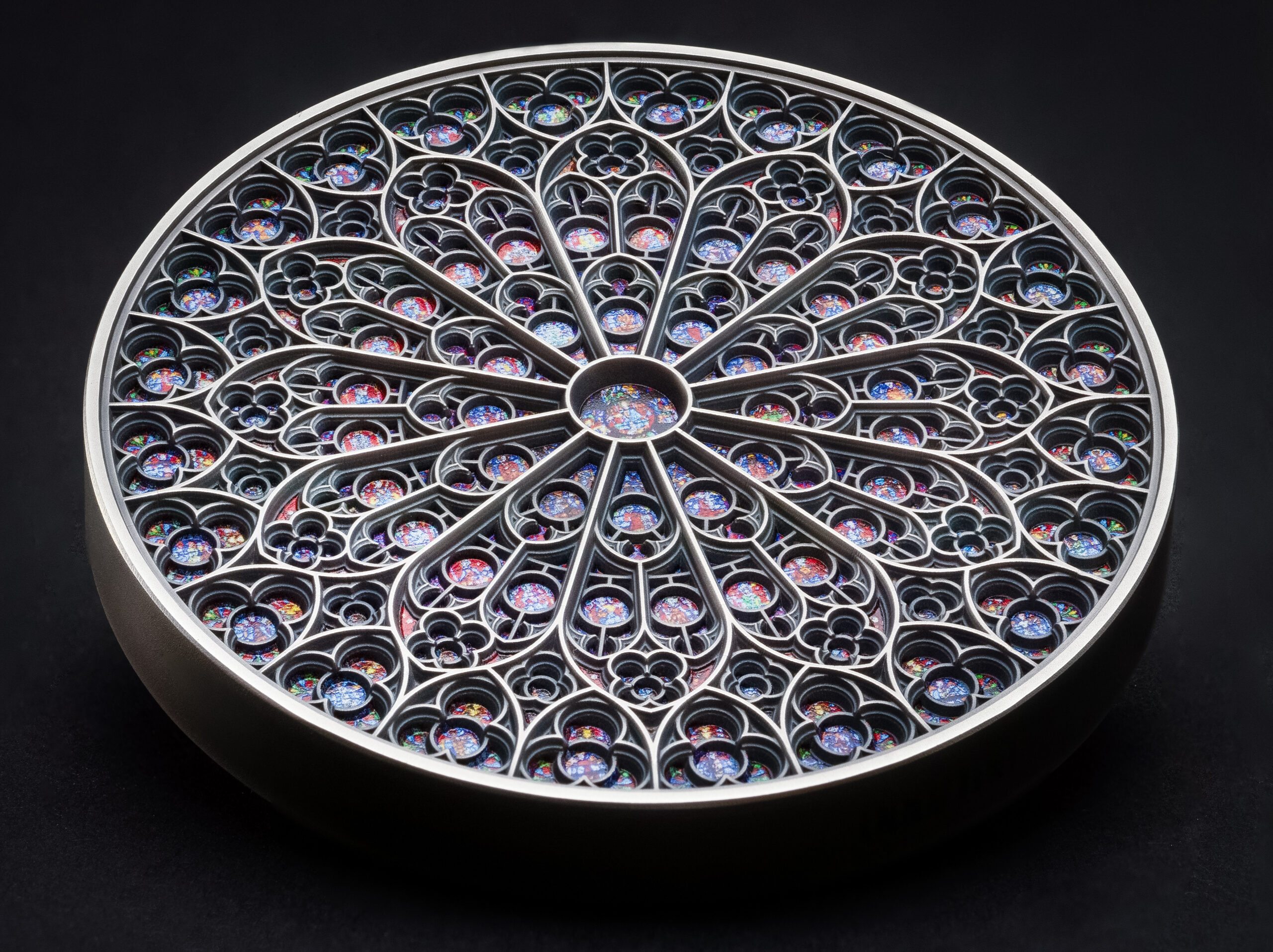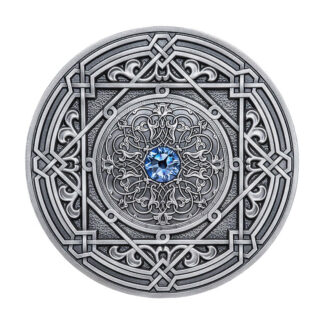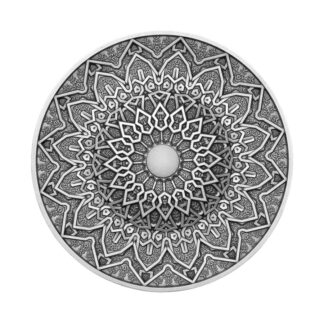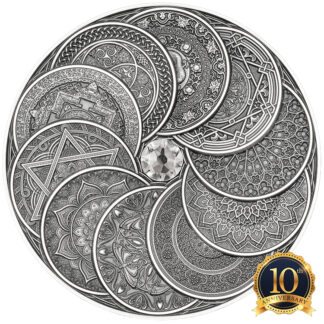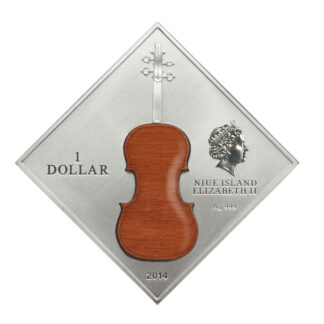Description
GOTHIC ART
Gothic art was a style of medieval art that developed in Northern France out of Romanesque art in the 12th century AD, led by the concurrent development of Gothic architecture. It spread to all of Western Europe, and much of Southern and Central Europe, never quite effacing more classical styles in Italy. In the late 14th century, the sophisticated court style of International Gothic developed, which continued to evolve until the late 15th century. In many areas, especially Germany, Late Gothic art continued well into the 16th century, before being subsumed into Renaissance art. Primary media in the Gothic period included sculpture, panel painting, stained glass, fresco and illuminated manuscripts. The easily recognizable shifts in architecture from Romanesque to Gothic, and Gothic to Renaissance styles, are typically used to define the periods in art in all media, although in many ways figurative art developed at a different pace.
The word “Gothic” for art was initially used as a synonym for “Barbaric”, and was therefore used pejoratively. Its critics saw this type of Medieval art as unrefined and too remote from the aesthetic proportions and shapes of Classical art.
WHAT IS A MANDALA?
The meaning of mandala comes from Sanskrit meaning “circle.” It appears in
the Rig Veda as the name of the sections of the work, but is also used in
many other civilizations, religions and philosophies. Even though it may be
dominated by squares or triangles, a mandala has a concentric structure.
Mandalas offer balancing visual elements, symbolizing unity and harmony. The
meanings of individual mandalas is usually different and unique to each
mandala.
The mandala pattern is used in many traditions. In the Americas, Indians
have created medicine wheels and sand mandalas. The circular Aztec calendar
was both a timekeeping device and a religious expression of ancient Aztecs.
In Asia, the Taoist “yin-yang” symbol represents opposition as well as
interdependence. Tibetan mandalas are often highly intricate illustrations
of religious significance that are used for meditation. From Buddhist stupas
to Muslim mosques and Christian cathedrals, the principle of a structure
built around a center is a common theme in architecture.
In common use, mandala has become a generic term for any diagram, chart or
geometric pattern that represents the cosmos metaphysically or symbolically;
a microcosm of the universe.
Representing the universe itself, a mandala is both the microcosm and the
macrocosm, and we are all part of its intricate design. The mandala is more
than an image seen with our eyes; it is an actual moment in time. It can be
can be used as a vehicle to explore art, science, religion and life itself.
Carl Jung said that a mandala symbolizes “a safe refuge of inner
reconciliation and wholeness.” It is “a synthesis of distinctive elements in
a unified scheme representing the basic nature of existence.”
HAND MADE ANTIQUE FINISH :: HIGH RELIEF :: COLOR DIGITAL PRINTING :: RIMLESS :: SERIAL NUMBER ENGRAVED ON THE EDGE


